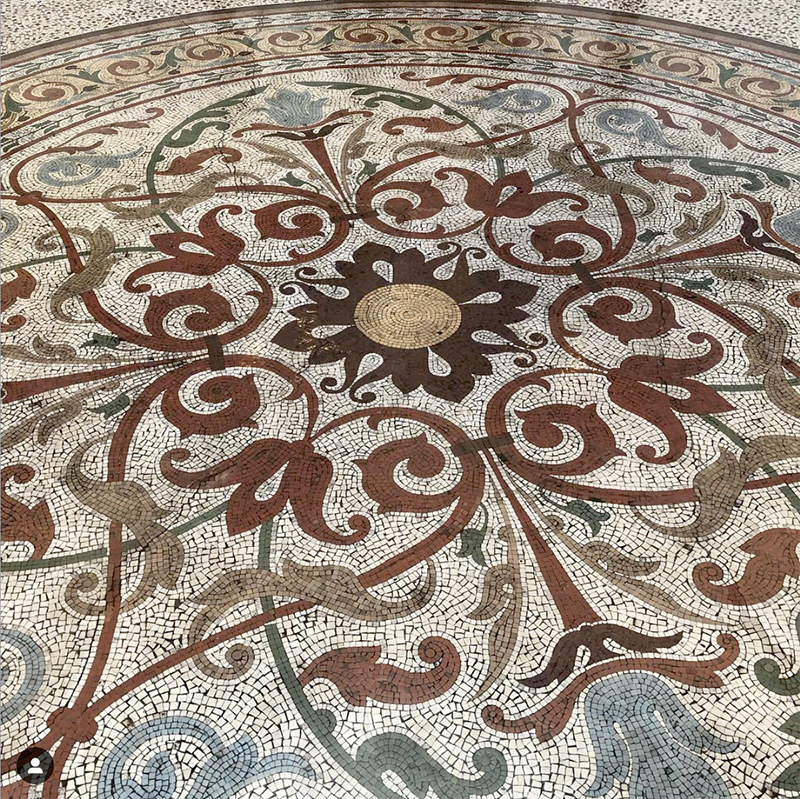The Block Arcade in Melbourne, Australia is known for its stunning architecture and intricate design, which includes the use of decorative tiles for its floors. The tiles used in the arcade's floors are not only aesthetically pleasing, but also have a rich history and cultural significance.
The tiles used in the Block Arcade's floors are known as encaustic tiles, which are ceramic tiles that have been decorated with inlaid patterns using different colors of clay. The word "encaustic" comes from the Greek word "enkaustikos," which means "burning in." Encaustic tiles have been used for thousands of years and can be found in ancient ruins and buildings throughout Europe, the Middle East, and North Africa.
In the Block Arcade, the encaustic tiles were specifically designed for the space by English architect David C. Askew. The tiles feature a unique design of floral motifs and geometric patterns in shades of green, red, and yellow, which complement the arcade's overall Victorian-era aesthetic.
The process of creating encaustic tiles is a complex one that involves molding clay into the desired shape, adding the design elements, and then firing the tile in a kiln. The firing process is what gives the tiles their durability and unique color variations.
The use of encaustic tiles in the Block Arcade's floors not only adds to the beauty of the space, but also serves a practical purpose. The tiles are extremely durable and can withstand heavy foot traffic, making them an ideal choice for a busy shopping arcade.
In recent years, there has been a renewed interest in encaustic tiles and their use in modern interior design. Many designers are using encaustic tiles to add color and pattern to spaces, and the tiles are becoming increasingly popular in homes and businesses around the world.
Overall, the encaustic tiles used in the floors of the Block Arcade are a testament to the enduring beauty and craftsmanship of this ancient art form. They are a true treasure of Melbourne's architectural heritage and continue to delight visitors to the arcade today.

